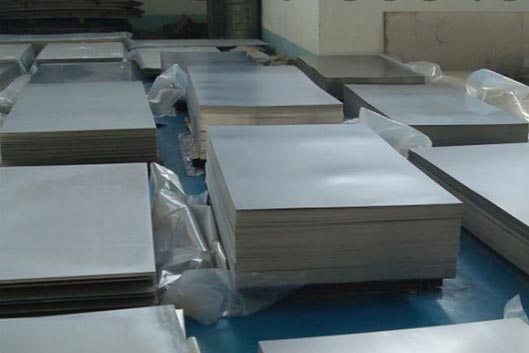Out of all the materials, not many can match the strength of Hastelloy C276 in seriously corrosive spots. With its additional properties, the nickel-molybdenum-chromium alloy is chosen for good reasons by industries seeking top corrosion resistance. We need to understand what makes this material stand out in corrosion resistance.
Exceptional Corrosion Resistance
This metal demonstrates outstanding resistance to oxidizing agents, reducing agents, strong acids and chloride solutions. The robust defense it has against pitting, crevice corrosion and stress corrosion cracking comes from its high nickel and significant molybdenum and chromium content.
In either oxidizing or reducing solutions, Hastelloy C276 holds its shape even when other alloys fail.
Because of molybdenum, the material remains protected in areas where localized corrosion is common and has improved long-term durability.
Versatility across Industries
Its ability to resist corrosion well makes Hastelloy C276 a perfect choice for many industries.
Chemical Processing: Parts made from C276, including reactors, heat exchangers and tanks, are not attacked by acids or chlorides.
The reason aerospace material works in aircraft and spacecraft is its endurance in tough, acidic surroundings.
Against the effect of saltwater corrosion and bio fouling, C276 performs at a very high level in marine and offshore applications.
Thanks to its durability at high heat and against corrosively, turbines and exhausts are safe to use in the power generation industry.
Mechanical Strength and Fabrication of Hastelloy C276
Mechanical Strength
The reason Hastelloy C276 is well known is for its great corrosion resistance, strong mechanics and simple ways to construct it. This is the reason stainless steel becomes important in any application where excellent durability and accuracy are required.
This material retains its mechanical characteristics well over a wide range of temperatures, meaning it works well in applications that change both hot and cold. Its tensile strength and yield strength let the structure withstand the stress of heavy loads. C276 is strong and flexible, so shocks do not make it crack or break. Having this high strength and toughness means the material is qualified for use in long-lasting vessels, pipelines and many key parts of structures.
Because the alloy can resist high temperatures, it serves well in equipment found in chemical reactors and heat exchangers. Due to the heat resistance, metallocene polyolefins are less likely to change shape or size when used.
Fabrication
While Hastelloy C276 is normally corrosion-resistant and tough, it can be hard to handle since it strengthens easily and is very firm. All parts of C276 should be cut with sharp tools, at moderate speeds and with plenty of coolant nearby to control wear and heat on the tool. Carbide and polycrystalline diamond (PCD) saws are some of the best tools for getting efficient results during machining.
Proper welding of Hastelloy C276 is needed to prevent cracks and keep it able to resist corrosion. Many preparations require the proper application of similar filler materials and careful regulation of heat so that sensitization is avoided.
Proper ways of fabrication and machining, as well as the right tools, permit Hastelloy C276 to be shaped, welded and made into excellent items per the specifications, without damaging its useful properties.
Conclusion
It is recognized as the top alloy for corrosion resistance since it can hold up against almost any chemical, temperature and difficult setting. In many situations such as extending the life of your equipment, keeping upkeep low or improving security in key uses, Hastelloy C276 offers better results than other materials.

